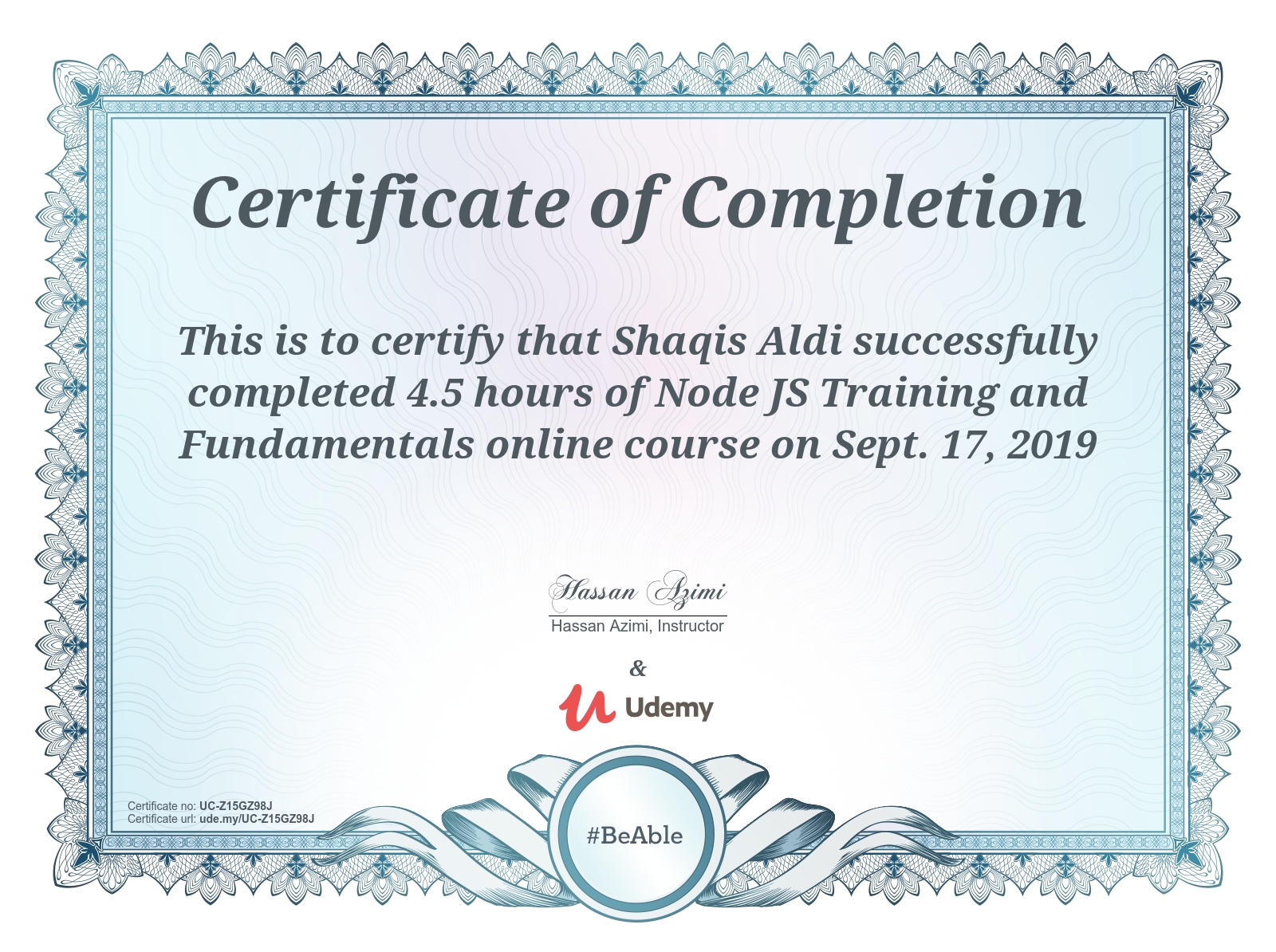Node JS makes it possible to write JavaScript applications without a web browser. In this course, I will be showing you how to install Node JS on Mac, Windows, how to use frameworks to start web servers and generate HTML output, how to unit test your code to reduce bugs and errors. We will also learn how to stream data and create command line tools in node.
Node JS is a platform built on Chrome's JavaScript runtime for easily building fast, scalable network applications. Node JS uses an event-driven, non-blocking I/O model that makes it lightweight and efficient, perfect for data-intensive real-time applications that run across distributed devices so If you can do it in JavaScript you can do it in node.
First there's JaveScript, Node JS is a complete JavaScript environment, so familiarity with the language is essential. Next, we will be using the command line in every lecture. The Node JS interpreter is invoked as a command line tool. I'll be typing the exact commands you'll need to use, but general familiarity with command line interfaces will be helpful.
Finally, I recommend using a good text editor while working along. Most text editors will have syntax highlighting and convenient code completion tools. My favourite text editor is Sublime Text. It's available for Mac, Windows, and Linux, and can be evaluated for free.
